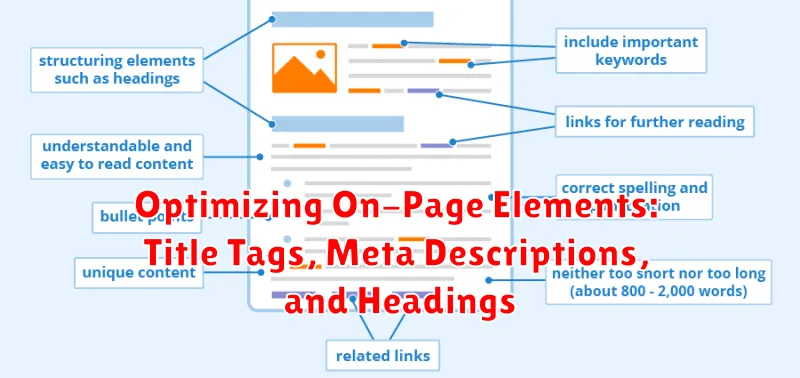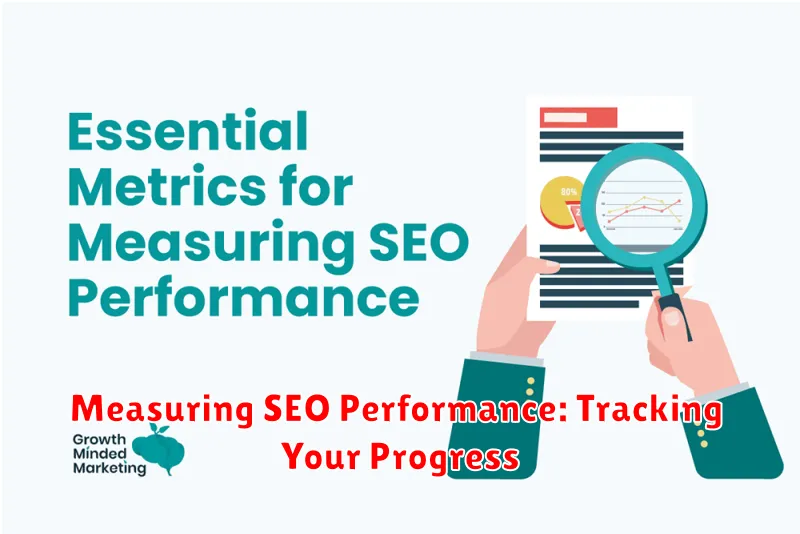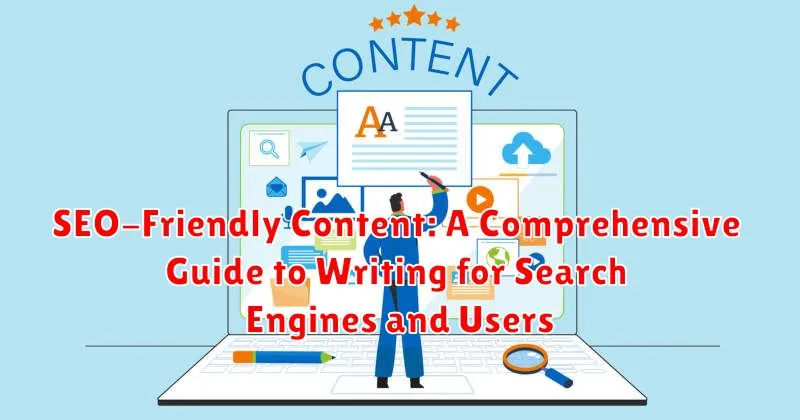In today’s digital landscape, creating SEO-friendly content is paramount to online success. This comprehensive guide delves into the art of crafting content that not only captivates users but also ranks highly in search engines. Learn the essential strategies and techniques to optimize your content for both search engine optimization (SEO) and optimal user experience. From keyword research and on-page optimization to content structure and readability, this guide provides a roadmap to creating compelling content that attracts and engages your target audience while achieving higher search engine rankings.
Whether you are a seasoned content creator or just starting, mastering the principles of SEO-friendly content is crucial for driving organic traffic and achieving your online goals. This guide will equip you with the knowledge and tools to create high-quality content that satisfies both the demands of search engines and the needs of your users. Explore the intricacies of keyword integration, content structure, and on-page optimization techniques to ensure your content stands out in the crowded digital space. Discover how to create compelling narratives that resonate with your audience while adhering to SEO best practices for maximum visibility and impact.
Understanding Keyword Research: Targeting the Right Terms
Keyword research is the foundation of any successful SEO strategy. It involves identifying the terms people use when searching online for information related to your content. By targeting the right keywords, you can improve your website’s visibility in search engine results pages (SERPs).
Effective keyword research involves understanding search intent. What are users actually looking for when they type a specific query? Are they seeking information, looking to buy a product, or something else entirely? Knowing the intent behind a keyword helps you create content that satisfies user needs and ranks well in search results.
There are several tools available to assist with keyword research, offering insights into search volume (how often a keyword is searched), keyword difficulty (how competitive it is to rank for a keyword), and related keywords. By analyzing this data, you can choose keywords that are relevant to your content, have a reasonable search volume, and are not overly competitive.
Crafting High-Quality Content: Engaging Your Audience
Creating engaging content is crucial for capturing your audience’s attention and encouraging them to stay on your website. High-quality content goes beyond simply targeting keywords; it provides genuine value to the reader.
Focus on crafting content that is informative, insightful, and well-written. Address your target audience’s needs and pain points directly. Use clear and concise language, avoiding jargon that might alienate readers.
Content structure plays a significant role in readability. Utilize headings, subheadings, bullet points, and short paragraphs to break up large blocks of text, making it easier for users to scan and digest the information.
Incorporating different content formats can further enhance engagement. Consider using examples, case studies, and data to support your claims and add credibility to your content.
Optimizing On-Page Elements: Title Tags, Meta Descriptions, and Headings

On-page optimization is crucial for search engine visibility. This involves fine-tuning elements within your webpage to improve its ranking and relevance for specific keywords. Three key elements are title tags, meta descriptions, and headings.
Title tags are HTML elements that specify the title of a webpage. They are displayed on search engine results pages (SERPs) and browser tabs. Craft compelling and accurate title tags that include your target keywords. Keep them concise, around 50-60 characters, to avoid truncation in SERPs.
Meta descriptions are HTML attributes that provide concise summaries of webpages. While not a direct ranking factor, they influence click-through rates from SERPs. Write compelling meta descriptions that accurately reflect the page’s content and entice users to click. Aim for around 150-160 characters.
Headings (H1-H6) structure the content on your webpage. The H1 tag should be reserved for the main title of the page, reflecting the primary topic. Subsequent headings (H2-H6) should organize subtopics in a logical hierarchy. Incorporate relevant keywords where appropriate.
Building Internal and External Links: Connecting Your Content
Internal and external links play a crucial role in SEO. They help search engines understand the structure and context of your website, while also providing valuable resources for your users. A well-executed linking strategy can significantly improve your site’s visibility and authority.
Internal links connect pages within your own website. They guide users through your content, distribute page authority, and improve site navigation. When creating internal links, ensure the anchor text (the clickable text) accurately reflects the destination page’s content.
External links, on the other hand, point to pages on other websites. These links should be relevant and authoritative, adding value for your readers. Linking to reputable sources can boost your credibility and demonstrate your expertise on a subject. It’s crucial to choose high-quality external resources that complement your content and enhance user experience.
Using Images and Multimedia: Enhancing User Experience
Visual content plays a crucial role in capturing user attention and enhancing the overall experience on your website. Incorporating relevant images and multimedia elements can significantly improve engagement and make your content more memorable.
Images should be high-quality and optimized for web performance. Use descriptive alt text for every image to improve accessibility and provide context for search engines. Consider using different image formats (JPEG, PNG, SVG) based on their suitability for specific purposes.
Multimedia elements like videos and audio can further enrich your content. Short, informative videos can explain complex topics effectively. Podcasts or audio clips can provide alternative ways for users to consume your content. Ensure multimedia content is accessible on various devices and internet connection speeds.
By strategically using images and multimedia, you can create a more immersive and engaging experience for your users, encouraging them to spend more time on your website and explore your content further.
Measuring SEO Performance: Tracking Your Progress

Measuring the effectiveness of your SEO strategy is crucial for continuous improvement. Tracking key performance indicators (KPIs) provides valuable insights into what’s working and what needs adjustment.
Website traffic is a fundamental metric. Monitor the number of visitors, their sources (organic search, referrals, etc.), and their behavior on your site (bounce rate, time on page). Increases in organic traffic indicate positive SEO progress.
Keyword rankings reflect your visibility in search results. Track your positions for target keywords and observe any upward or downward trends. Improved rankings often correlate with increased organic traffic.
Conversion rate measures the percentage of visitors who complete a desired action, such as making a purchase or filling out a form. A higher conversion rate demonstrates the effectiveness of your content in driving desired outcomes.
Use analytics tools like Google Analytics and Google Search Console to gather and analyze this data. Regular monitoring allows you to identify successful strategies and adapt your approach as needed.
Staying Up-to-Date: Adapting to Algorithm Changes
Search engine algorithms are constantly evolving. Staying informed about these changes is crucial for maintaining and improving your SEO performance. Ignoring updates can lead to significant drops in rankings and organic traffic.
Key strategies for staying ahead of algorithm updates include regularly monitoring industry news and official search engine blogs. Subscribe to newsletters, follow influential SEO professionals, and participate in relevant online communities.
Analyzing your website’s performance is also essential. Track keyword rankings, organic traffic, and bounce rates. Sudden changes in these metrics could indicate an algorithm update has impacted your site. Be prepared to adjust your content strategy accordingly.
Embrace adaptability. Algorithm changes are inevitable. A flexible approach to SEO, combined with continuous learning, will ensure your content remains visible and effective in the ever-changing search landscape.
Creating a Content Calendar: Planning for Long-Term Success
A content calendar is a crucial tool for organizing and scheduling your content marketing efforts. It provides a structured approach to content creation, ensuring consistency and maximizing your impact.
Benefits of using a content calendar include improved workflow, enhanced team collaboration, and increased content quality. It facilitates better topic ideation by encouraging brainstorming and advance planning. This proactive approach prevents last-minute scrambles for content and helps maintain a regular publishing schedule.
Key components of a content calendar typically include planned publishing dates, content topics or titles, target keywords, assigned authors or teams, and designated content formats (e.g., blog posts, videos, infographics).
Choose a format that suits your needs. This could range from a simple spreadsheet to dedicated content calendar software. Regularly review and adjust your calendar based on performance data and evolving SEO best practices.
Promoting Your Content: Reaching a Wider Audience
Creating high-quality content is only half the battle. To maximize its impact, you need a robust promotion strategy. Promoting your content effectively helps drive traffic, build brand awareness, and ultimately achieve your marketing goals.
Social media is a powerful tool for content promotion. Share your articles across relevant platforms, tailoring your message to each audience. Engage with followers and participate in relevant conversations to expand your reach.
Email marketing remains a highly effective way to connect with your audience directly. Use newsletters to highlight your latest content and drive traffic back to your website. Segment your audience to ensure you’re delivering relevant content to the right people.
Consider collaborating with influencers in your niche. Their established audience can provide valuable exposure for your content. Ensure the influencer’s audience aligns with your target demographic for optimal results.
Paid advertising, such as social media ads or search engine marketing, can amplify your reach significantly. Target specific keywords and demographics to ensure your content is seen by the right audience.

